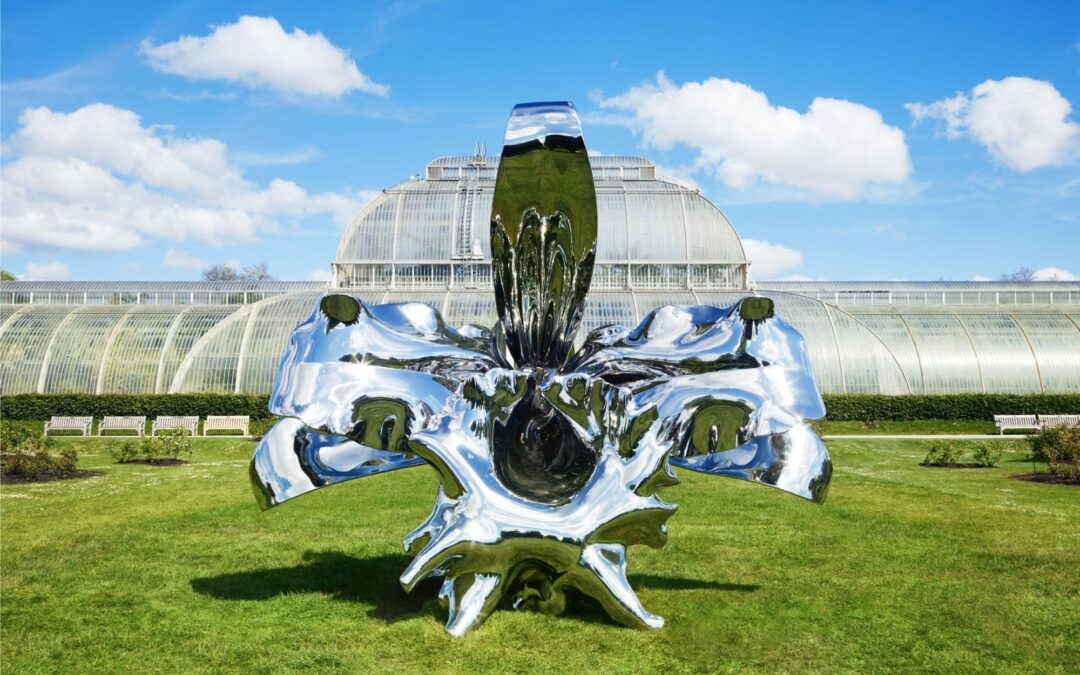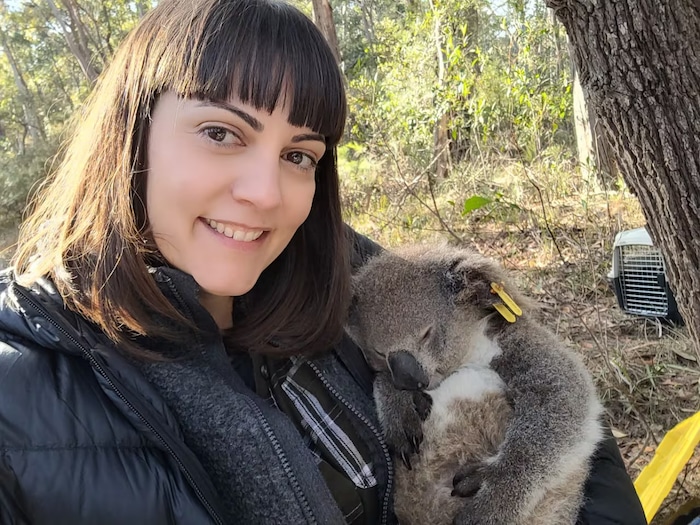
by Komoneed | Jul 25, 2024
Are you ready to power up your life with the Power Sonic Pulse? The Power Sonic Pulse series features two distinct battery energy storage models, giving you the flexibility to choose what you want to power. In this blog, we dive into everything you need to know about the Pulse All-In-One (AIO) system – the … Continued

by Kate Mothes | Jul 25, 2024
Published 165 years ago, Charles Darwin’s seminal On the Origin of Species founded our modern understanding of evolutionary biology. He keenly observed wildlife in its native habitats and the similarities between animals around the world—including humans—describing how, through natural selection, populations evolve through a branching pattern over time.
Darwin is often misquoted as saying humans evolved from apes, but he actually acknowledged that humans and primates descended from a common ancestor that lived millions of years ago. More
Do stories and artists like this matter to you? Become a Colossal Member today and support independent arts publishing for as little as $5 per month. The article A Collaborative Mural by Vhils and Bordalo II Celebrates the Legacy of Charles Darwin appeared first on Colossal.

by Kate Mothes | Jul 25, 2024
From bronze, chrome, and silicone, Marc Quinn’s larger-than-life botanicals emerge with delicate precision. The exhibition Light into Life at Royal Botanic Gardens Kew in London continues the artist’s exploration of the boundaries between the natural and artificial, the living and non-living, sexuality, and the passage of time.
Quinn often uses a mirrored effect to literally reflect humanity in nature while blurring the lines between the work and its surroundings. More
Do stories and artists like this matter to you? Become a Colossal Member today and support independent arts publishing for as little as $5 per month. The article Marc Quinn’s Monumental Flowers Invite Us to Reflect Upon Our Evolving Relationship with Nature appeared first on Colossal.
by Komoneed | Jul 25, 2024
This post was originally published on WBCSDIt is no secret that a global energy transition requires a huge and rapid upscale in clean energy production and infrastructure and that the bill to finance it will be costly, albeit delivering valuable future economic and...

by Komoneed | Jul 25, 2024
A new study by researchers in Australia has found that iconic and endangered koalas have the ability to regulate their body temperatures more than previously thought. For the first time, scientists have observed free-ranging, wild koalas drastically lowering their core body temperatures during cool mornings in preparation for the most sweltering summer days. “This strongly […]
The post Koalas Can Predict the Hottest Summer Days and Lower Their Body Temperatures Accordingly, Study Finds appeared first on EcoWatch.




